Image Gallery: Fossil Forest in the Canadian Arctic
Fossil Forest
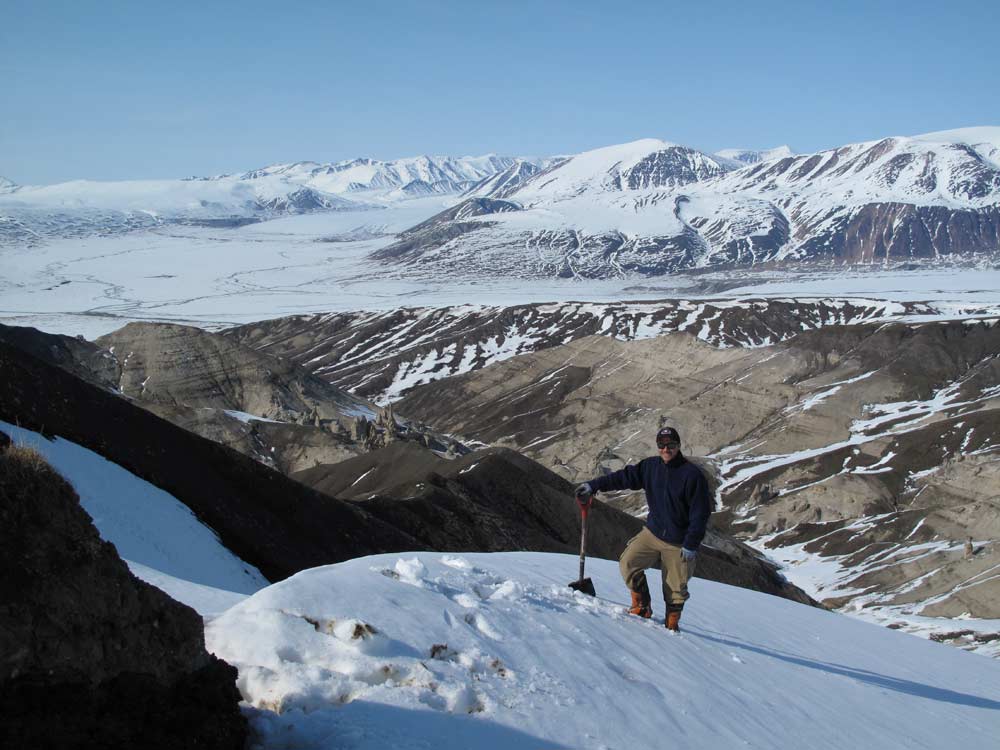
A fossilized forest, one that lived between 2.6 million and 3 million years ago, in the Canadian Arctic, could thrive again, say scientists who suggest by 2100 the climate there would be warm enough to allow such growth. Here, Alexandre Guertin-Pasquier, of the University of Montreal, at the study site on Bylot Island in Nunavut, Canada, at the beginning of the fieldwork in June 2010.
Bylot Island
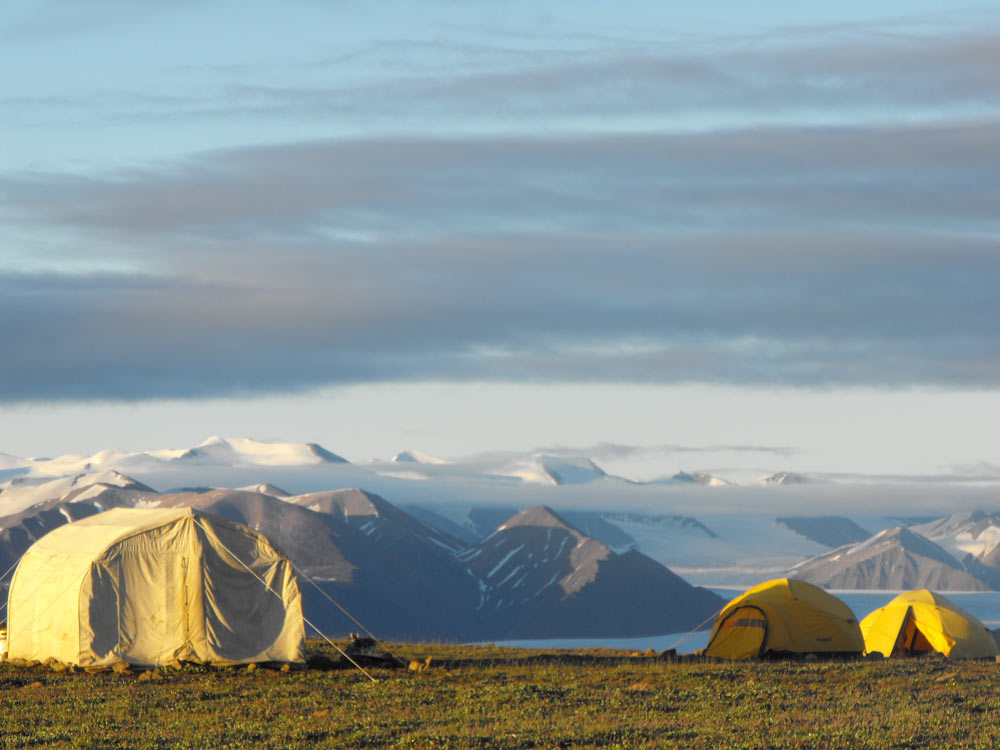
The trees in the ancient forest, interpreted from the pollen samples, are usually found in areas where the yearly average temperature is about 32 degrees Fahrenheit (0 degrees Celsius). Currently, average temperatures on Bylot Island (the field site shown here) hover around 5 degrees F (minus 15 degrees C).
Extreme Science
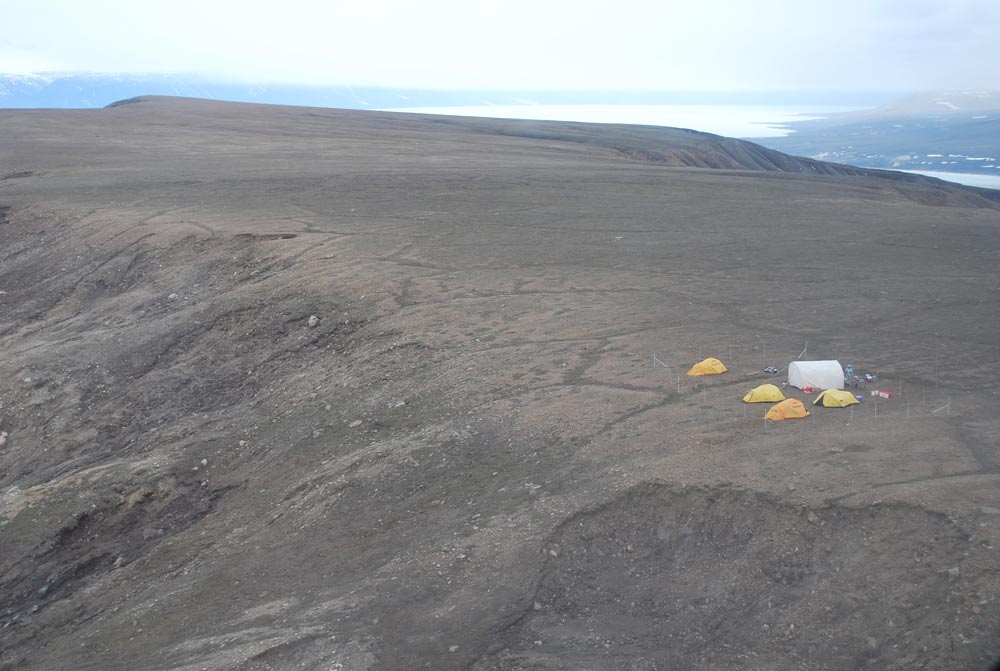
The base camp on Bylot Island, where even during the summer, the researchers had to endure extreme conditions, including gusting winds of 50 mph (80 km/hour) and freezing temperatures.
Magnetic Sediment
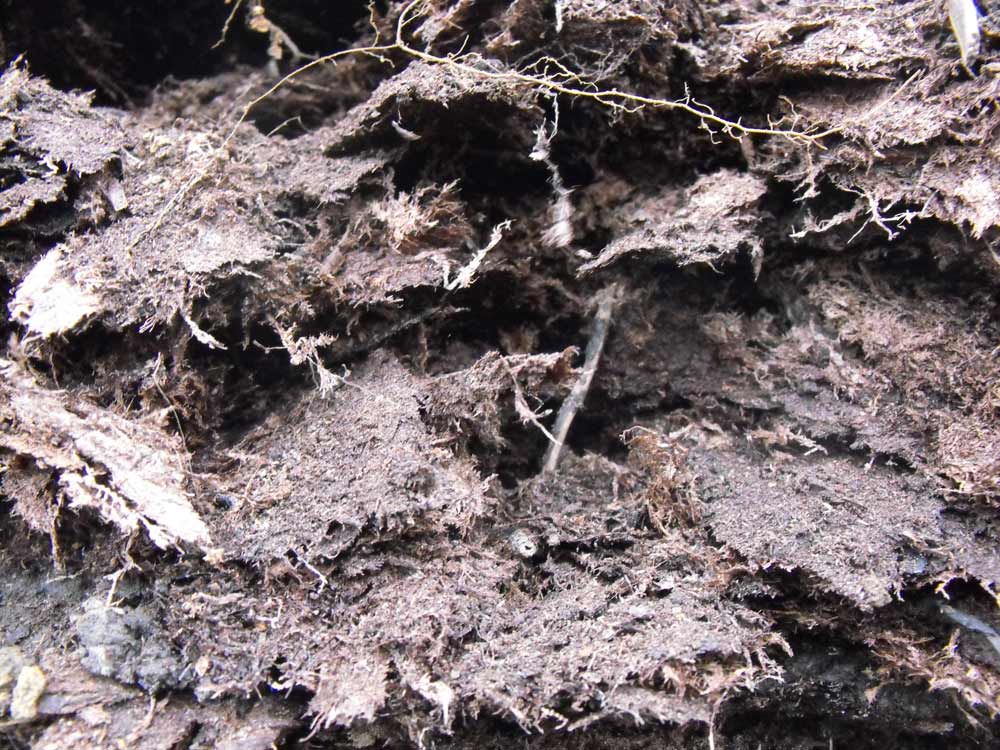
A typical peat and wood sample collected from the ancient forest on Bylot Island. The researchers analyzed the samples for pollen, which would reveal the plant/tree species, as well as the magnetic iron within the rock layer. Since "magnetic sediment" lines up parallel with the Earth's magnetic field at the time, something that has changed several times, scientists can use the results to estimate an age for the layer.
Layers of Time
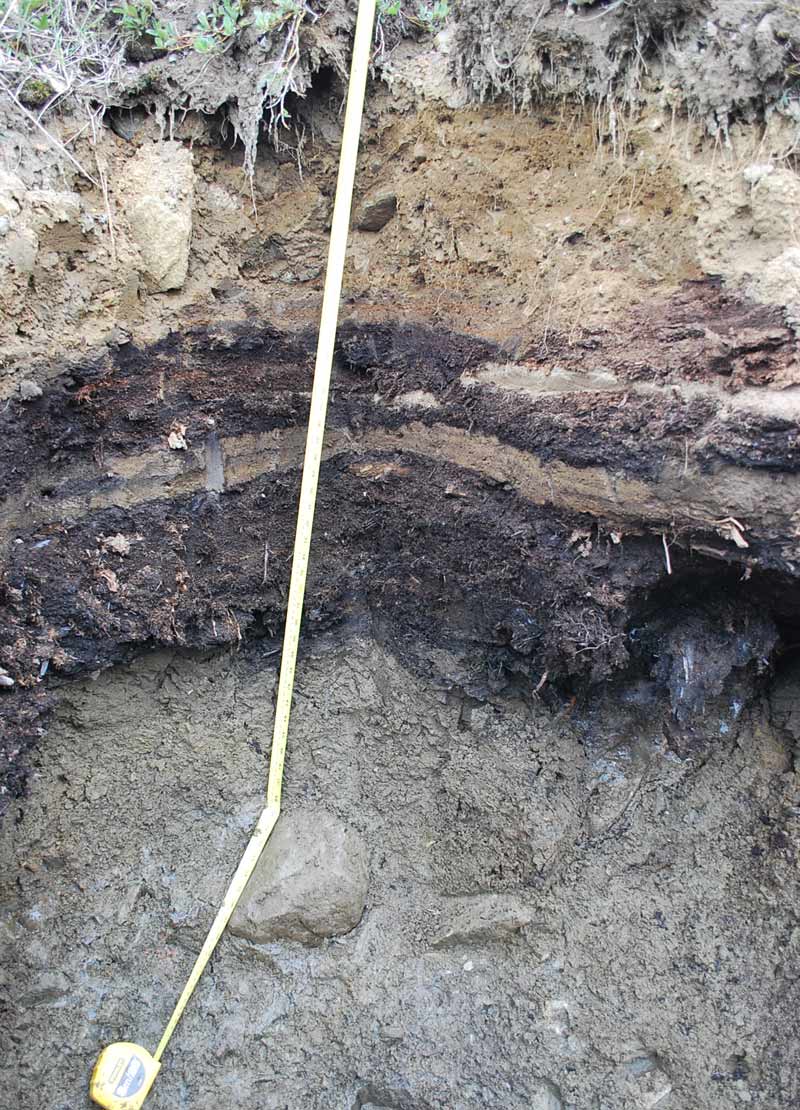
Typical stratigraphic exposure of sediment studied by the researchers for pollen content. The dashed lines correspond to the junctions between the different units discriminated in laboratory based on grain size.
Arctic Delivery
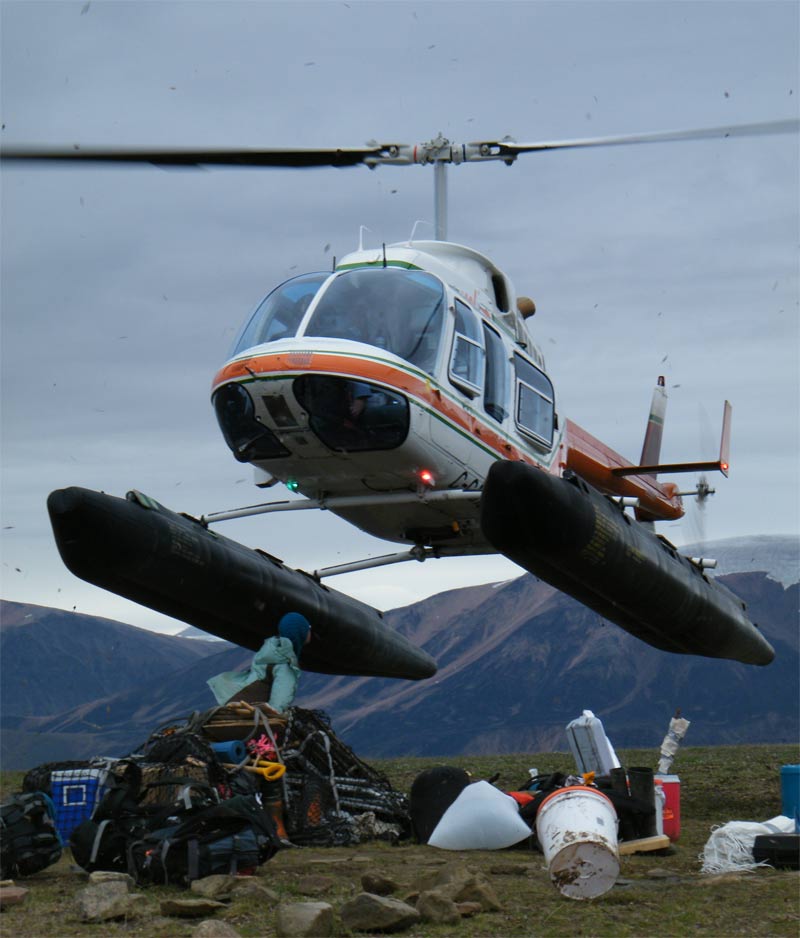
Material is delivered via helicopter in 2009 during the closure of the Bylot Island base camp.
Mummy Trees
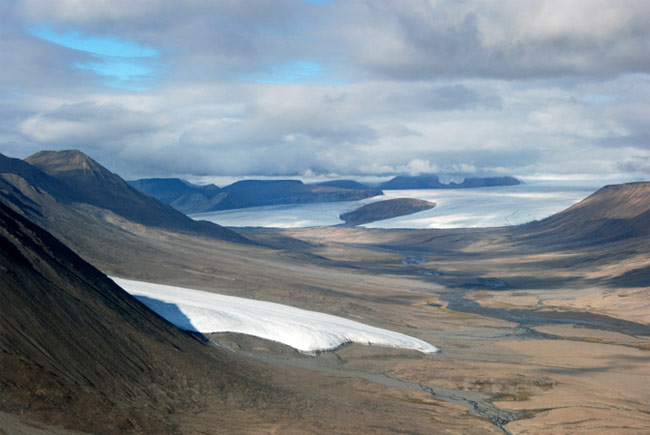
Fossil forests of a similar age have also been found on Ellesmere Island, where mummy trees were uncovered by a melting glacier in the Canadian Arctic, and shown here. The spindly, mummified trees showed signs of stress, which was likely the result of a changing climate (from greenhouse to an icehouse of sorts) as well as the seasonal enduring darkness at the top of the world.
Sign up for the Live Science daily newsletter now
Get the world’s most fascinating discoveries delivered straight to your inbox.
Jeanna Bryner is managing editor of Scientific American. Previously she was editor in chief of Live Science and, prior to that, an editor at Scholastic's Science World magazine. Bryner has an English degree from Salisbury University, a master's degree in biogeochemistry and environmental sciences from the University of Maryland and a graduate science journalism degree from New York University. She has worked as a biologist in Florida, where she monitored wetlands and did field surveys for endangered species, including the gorgeous Florida Scrub Jay. She also received an ocean sciences journalism fellowship from the Woods Hole Oceanographic Institution. She is a firm believer that science is for everyone and that just about everything can be viewed through the lens of science.










